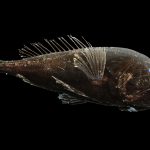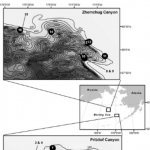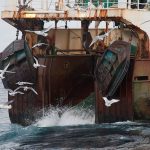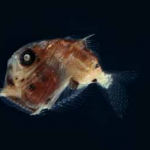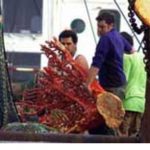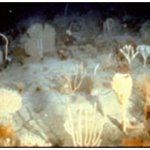It has been announced that quotas for two deep-sea species – roundnose grenadier and black scabbardfish – targeted by French and Spanish trawlers fishing off Scotland and Ireland are to be increased. The deep-sea trawl fisheries in the area take upwards of 100 species as bycatch according to the French marine research institute IFREMER. Increasing the quotas for these two species translates to increased fishing pressure on many more deep-sea species.
Continue reading Disappointing rise in quotas for deep sea species announced today

